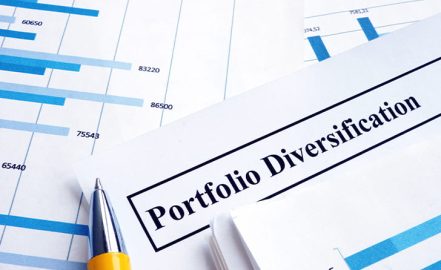
Teaching Kids About Saving: Financial Education for Children
It’s never too early to begin your kids’ financial education!
July 1, 2024 - 3 minutes to read
Get our take on all things retirement, investment, and finance-related in our monthly blog.

Keep this in mind to ensure a worry-free retirement.
June 1, 2024 - 4 minutes to read

Kickstart your family budget with these five steps.
May 1, 2024 - 3 minutes to read

Consider these factors when deciding if LTC insurance is right...
April 1, 2024 - 3 minutes to read

Kickstart your journey to financial security and calculate the ideal amount for your emergency fund.
March 1, 2024 - 3 minutes to read

These four tips will help you navigate tax bracket management with more ease.
February 1, 2024 - 3 minutes to read

Keep these key considerations in mind when looking for a financial advisor.
January 1, 2024 - 3 minutes to read

Wondering what to do with your 401k when you switch jobs? Consider these four options.
December 1, 2023 - 3 minutes to read

Learn more about alternative investments and if they’re right for you.
November 1, 2023 - 3 minutes to read

Interested in setting up an OLT? Here’s what you need to know.
October 1, 2023 - 3 minutes to read